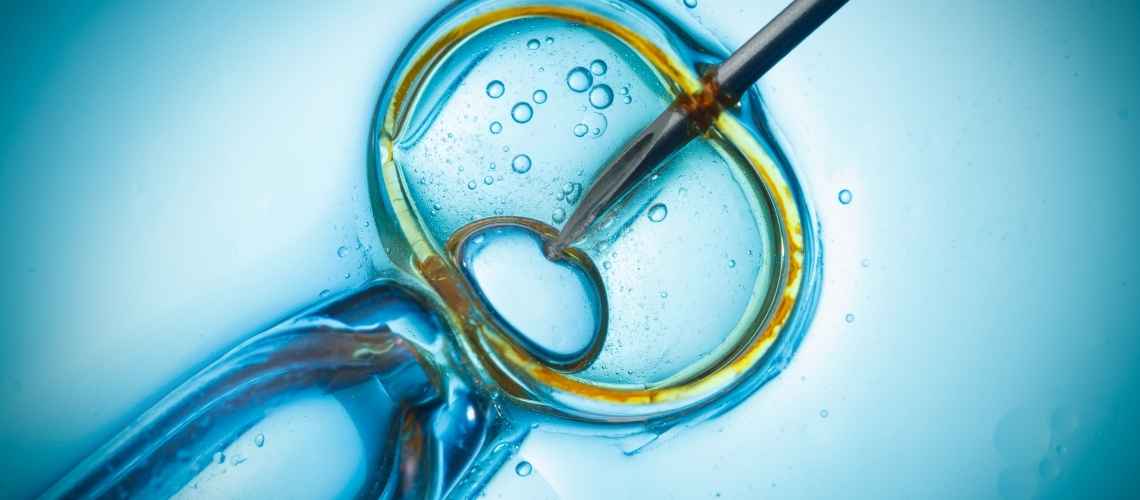IVF was first successfully developed in 1978, resulting in the birth of Louise Brown, the world’s first “test-tube baby.” This marked a major breakthrough in reproductive medicine.
The pioneering work of Dr. Robert Edwards and Dr. Patrick Steptoe laid the foundation for modern assisted reproductive technologies. Their methods combined egg retrieval, fertilization in vitro, and embryo transfer.
Since its invention, IVF has advanced significantly with innovations such as ICSI, embryo freezing, and genetic testing, which have improved success rates and safety.
Today, IVF is a global standard of fertility treatment, offering millions of couples the chance to conceive despite complex infertility challenges.
How was IVF developed?
In vitro fertilization (IVF) is a well-known and widely-used fertility treatment that has been around for centuries. The history of IVF dates back to the mid-1800s when scientists first discovered that pregnancies occur as a result of sperm and egg fertilization.
In the early 1900s, the first infertility clinic opened in Massachusetts and research was done on hormones and their relation to fertility. In 1951, Dr. Landrum Shattles used protocols developed by Dr. Rock and Dr. Menkin to perform human IVF research. In 1965, Dr. Jones worked with Dr. Edwards in England and fertilized the first human egg in vitro. By 1978, Drs. Edwards and Steptoe in England had announced the first successful live birth through IVF.
After overcoming regulatory hurdles, the first IVF clinic was opened in the U.S. in Virginia. The field of IVF has since advanced rapidly, with the improvement of fertility drugs, the advent of intracytoplasmic sperm injection (ICSI), the advancement of embryo transfers, and the development of comprehensive chromosome screening (CCS). The newest studies in IVF are focused on using Next-Generation Sequencing (NGS) for pre-implantation genetic diagnosis (PGD).
IVF has come a long way since its inception and continues to evolve and improve. The birth of millions of babies born through IVF is a testament to the history and progress of this field, and it will continue to shape the future of fertility treatment. IVF has changed the lives of countless couples who struggle with infertility, providing them with hope and a chance to start families of their own.
Who is credited with the first successful IVF birth?

The pioneering achievement of the first successful in vitro fertilization (IVF) birth is attributed to the collaborative efforts of Patrick Steptoe and Robert Edwards in England. Their groundbreaking work culminated in 1978 with the birth of Louise Brown, famously known as the world’s first “test-tube baby.” Steptoe, a dedicated gynecologist, and Edwards, a visionary physiologist, worked tirelessly together to refine the IVF process. Their dedication and innovative approaches led to a revolutionary breakthrough in fertility treatment.
- Initially, the concept faced skepticism and ethical concerns from various quarters. Nevertheless, Steptoe and Edwards persisted, focusing on overcoming the technical and biological challenges inherent in IVF. Their research involved developing methods to fertilize human eggs outside the body and ensuring the viability of embryos for implantation.
This success did not just provide hope to countless individuals and couples facing infertility; it also opened new avenues in reproductive medicine. Indeed, the legacy of Steptoe and Edwards extends beyond Louise Brown’s birth. Today, IVF has become a mainstream fertility treatment, offering the possibility of parenthood to millions worldwide. Through their perseverance, Steptoe and Edwards have left an indelible mark on medical science, transforming how we understand and address fertility issues.
Source:
Betteridge, K. J. (1981). An historical look at embryo transfer. Reproduction, 62(1), 1-13.








